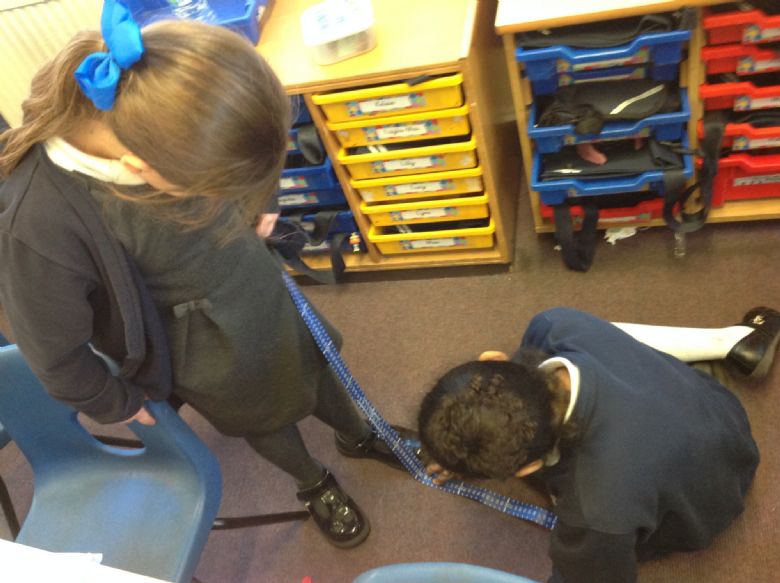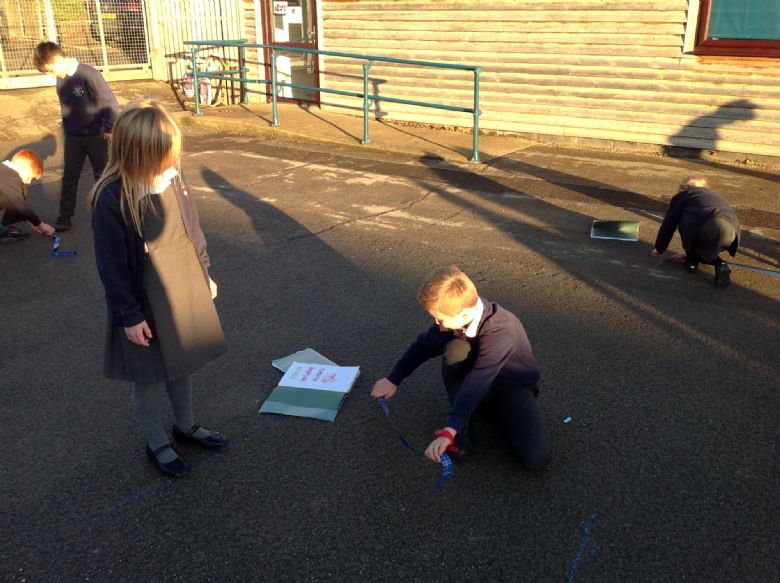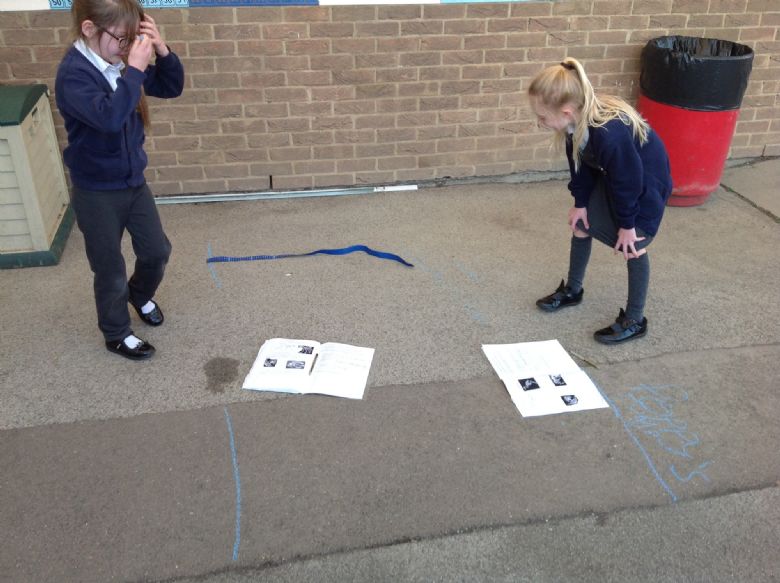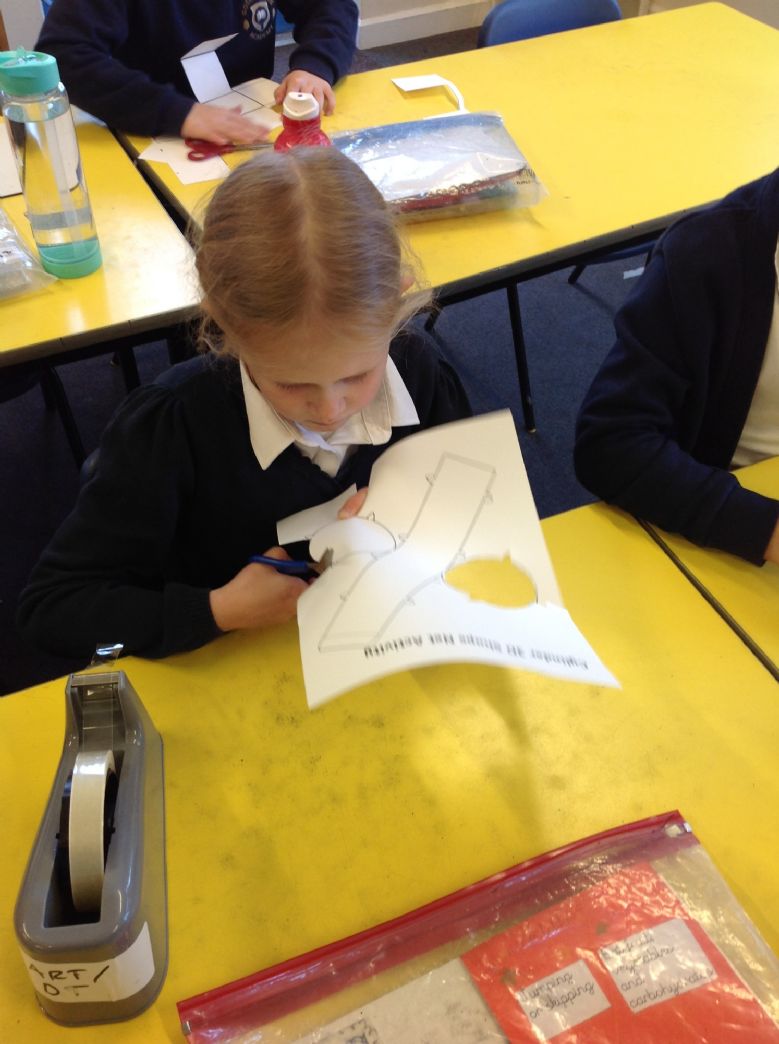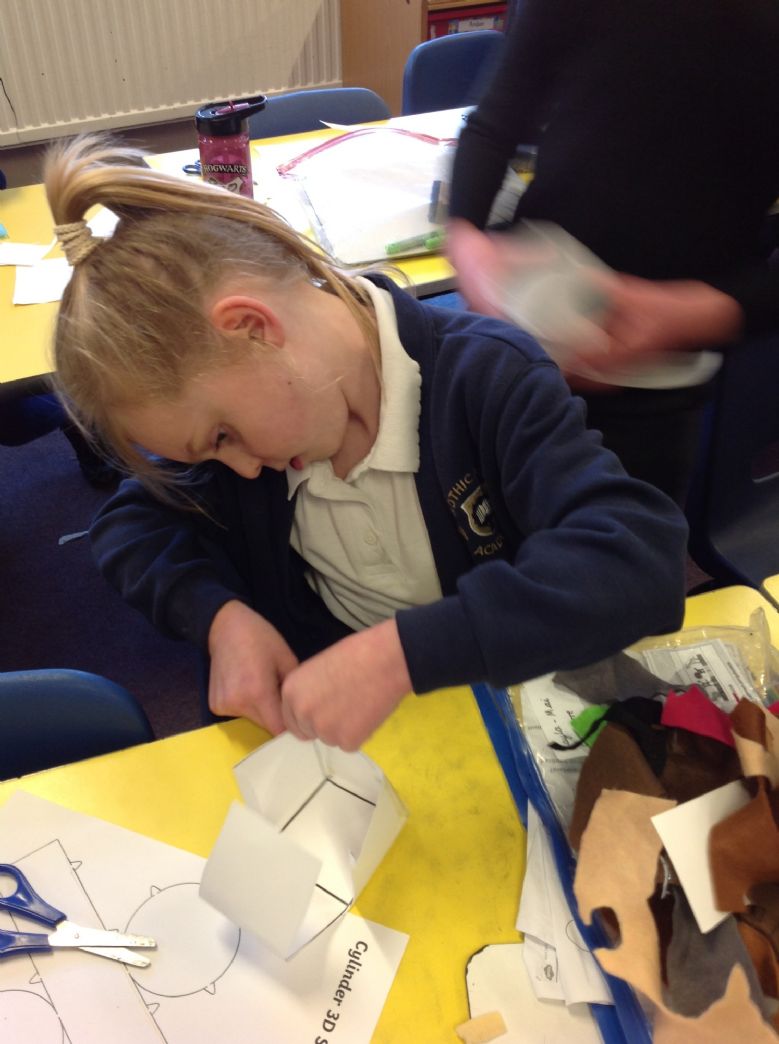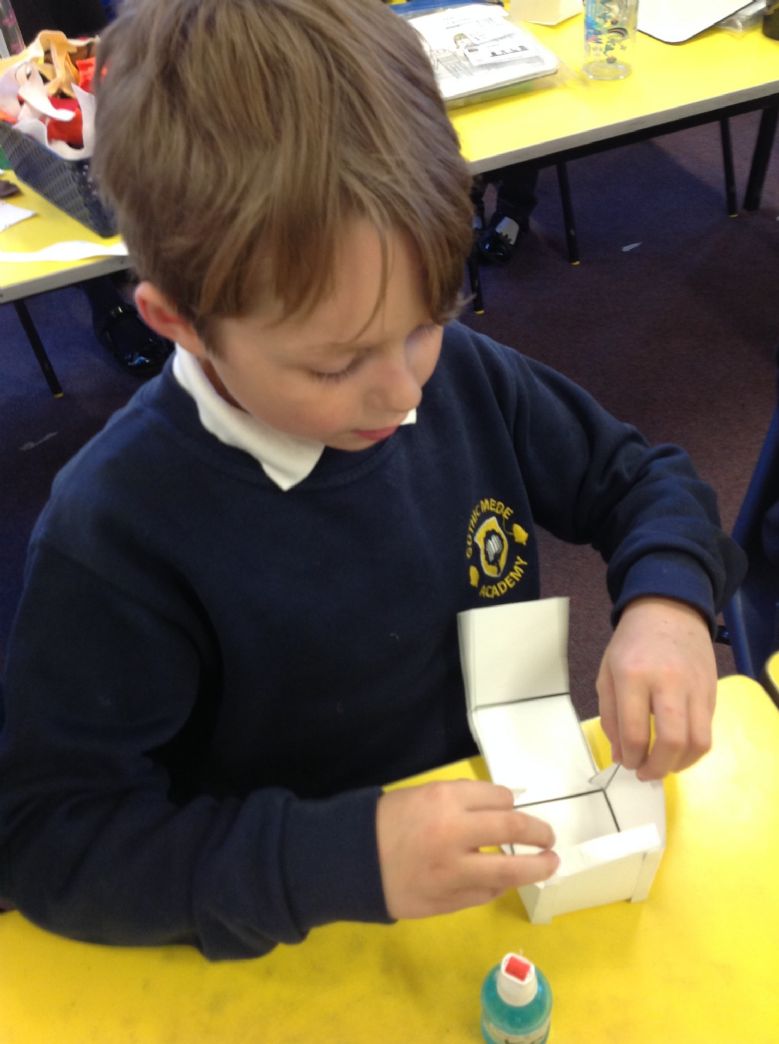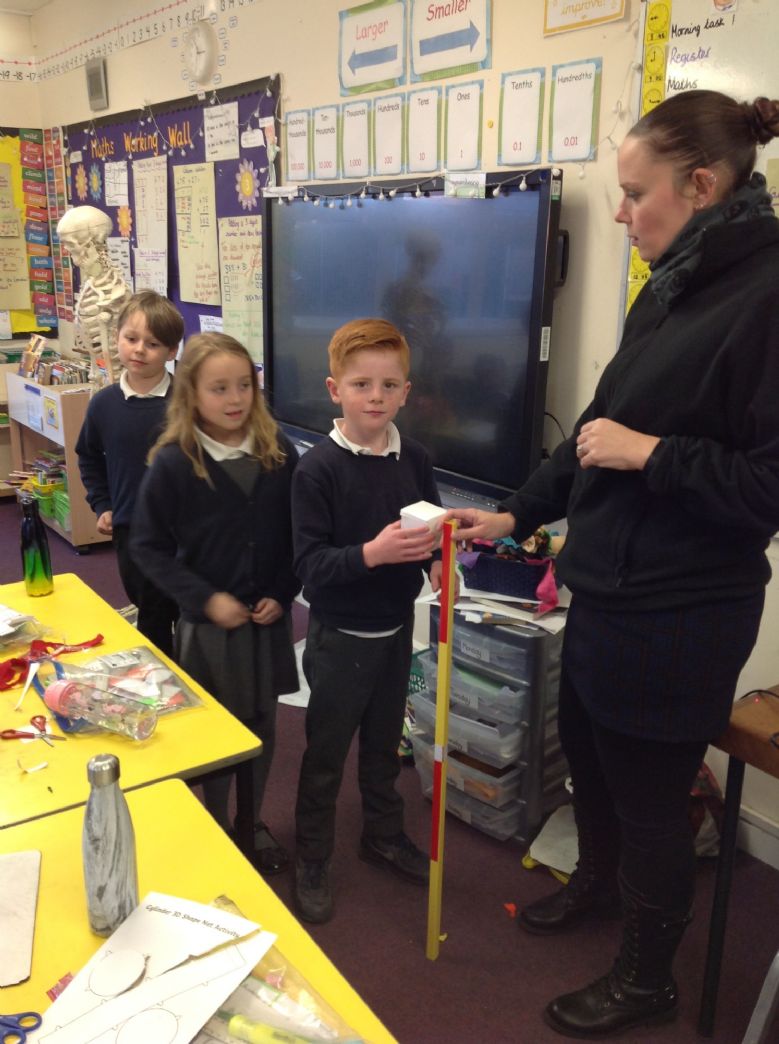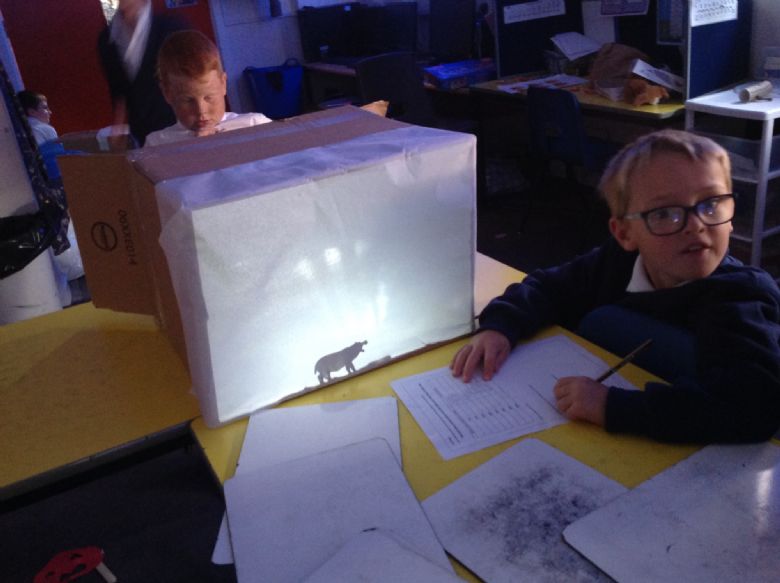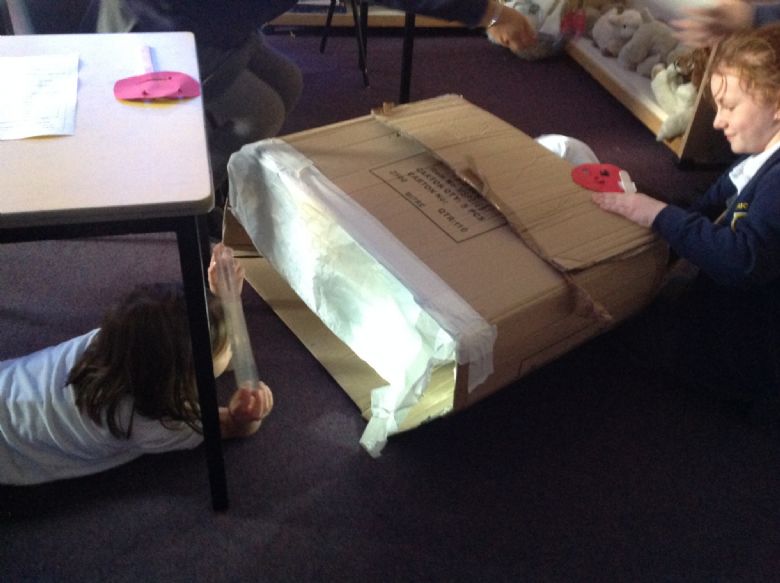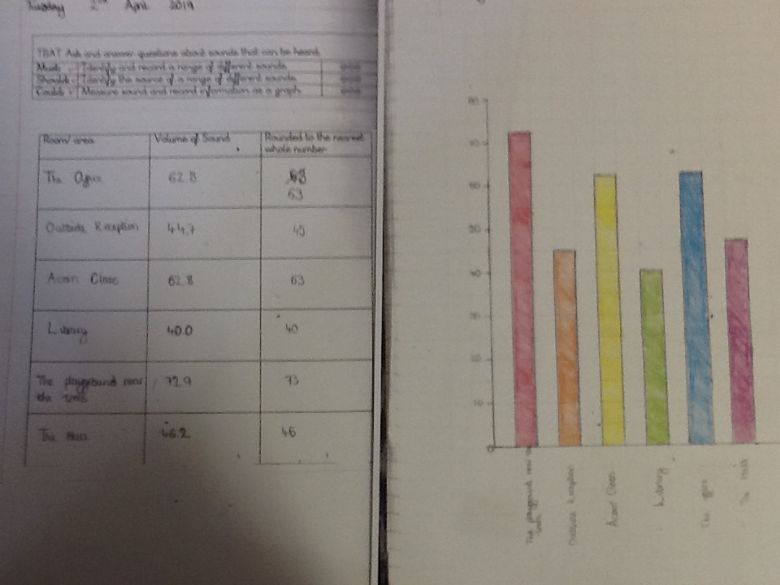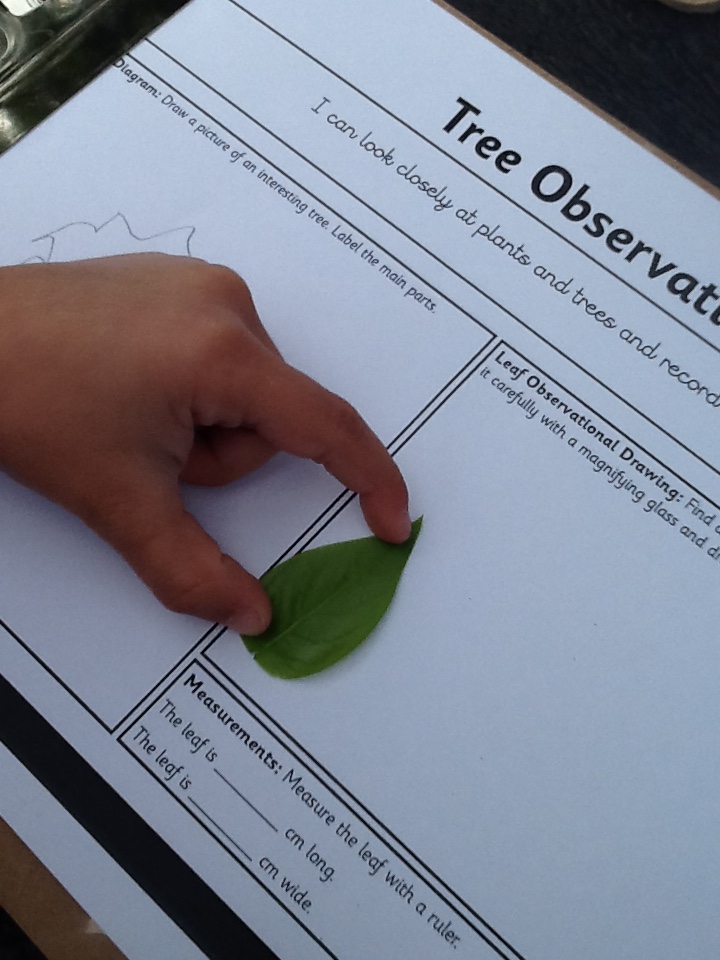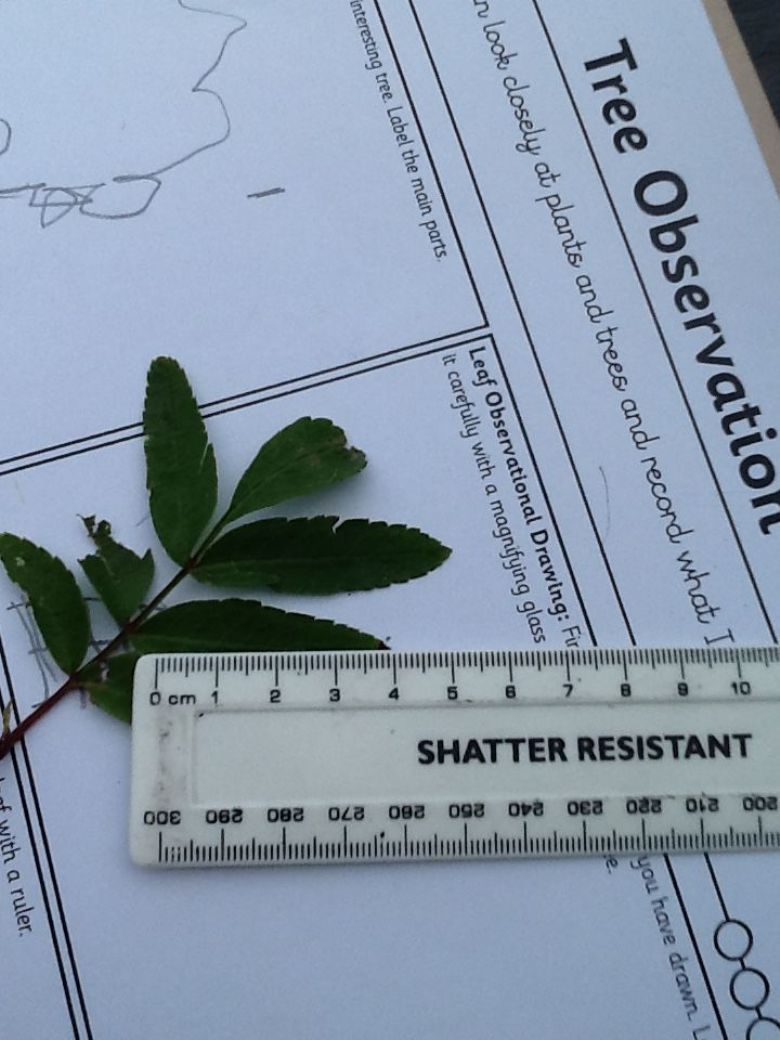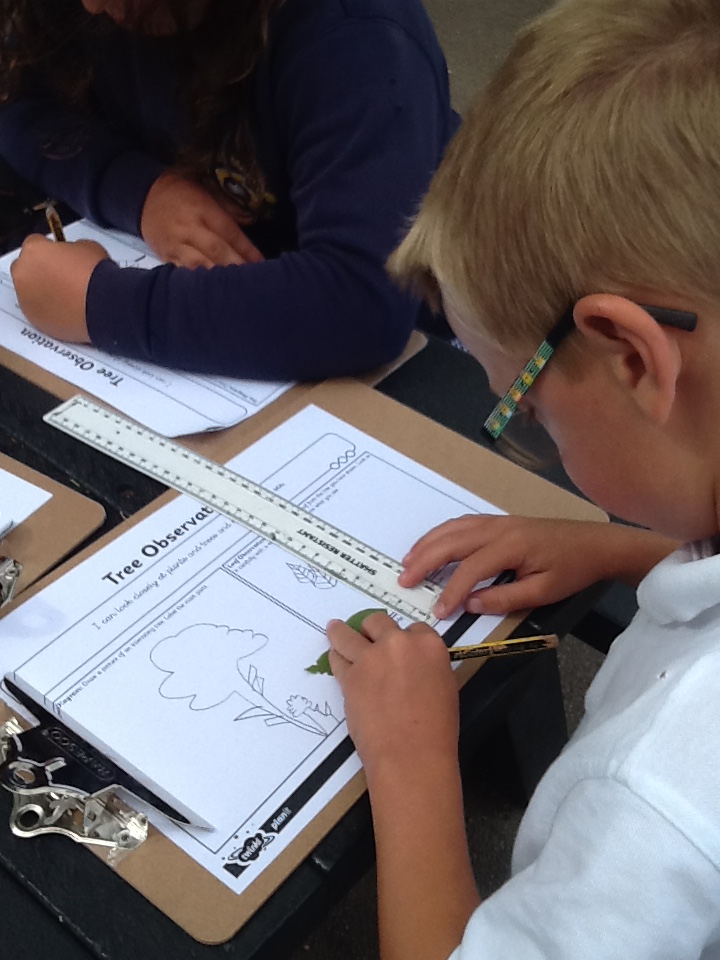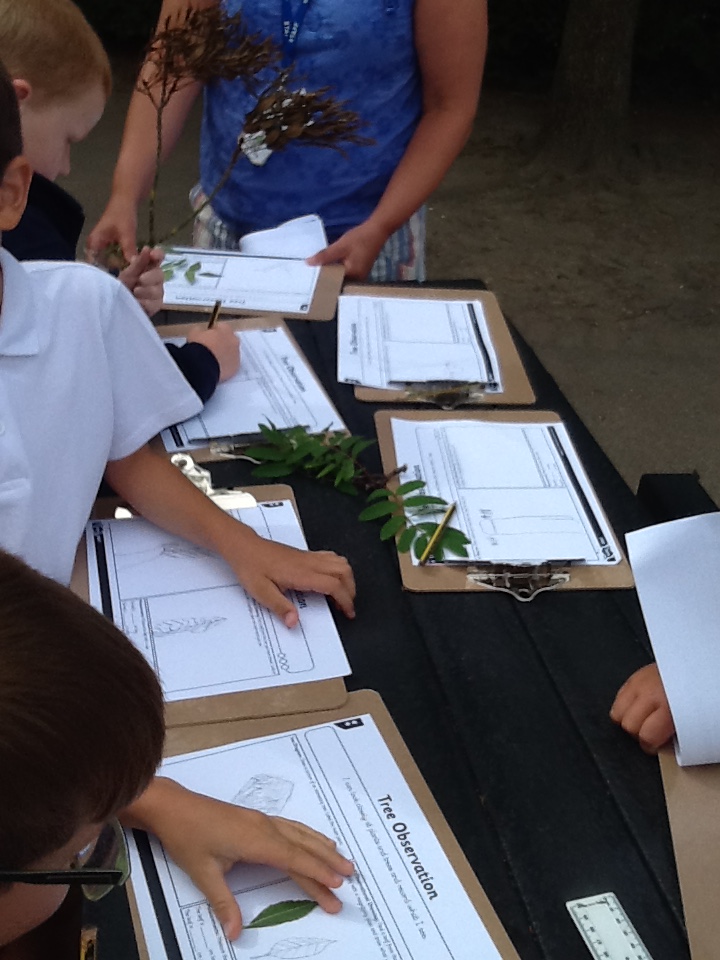Science
Year 3 (Measure)
Year 3 have been investigating whether children with longer legs can jump further. The children measured their leg length and then learnt how to measure measurements beyond a metre when they did their jumps in the playground.
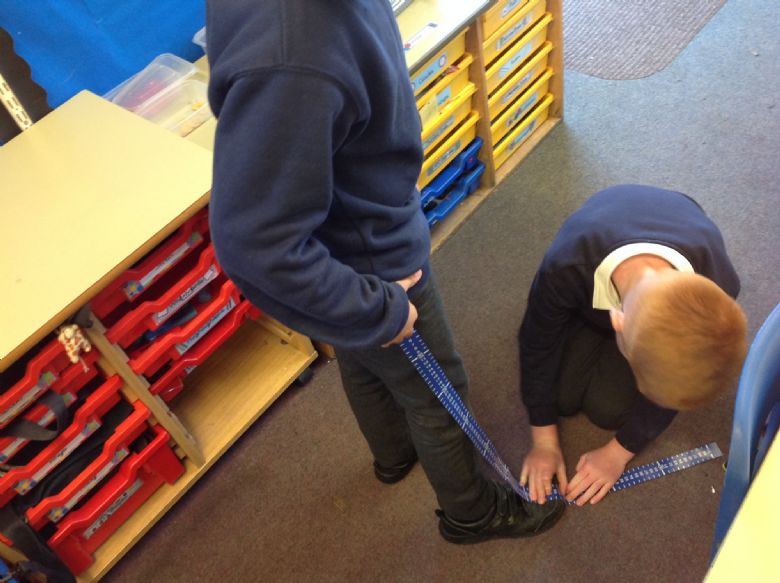
.
.
Year 3 (Shape)
Year 3 have been investigating the protective structure of the skeleton. They recognised and used nets of 3d shapes to create a structure to protect a falling chocolate teacake. They measured the height to drop the teacake from different heights.
.
Year 3 (Measure)
In Science, Year 3 children were using their measuring skills to find out how the width of a shadow changes when the light source is moved progressively further away from the object casting the shadow.
Year 4 (Rounding and statistics)
Year 4 have been measuring the level of sound around the school using data loggers. They then had to round the volume in different areas to the nearest whole number and represent the data in a graph.
Year 2 (Length – measuring)
As part of our Science unit on plants, year 2 went outside to closely observe plants and trees and to measure the length of their leaves.
Year one (Length – measuring)
As part of a unit of work on weather, year 1 investigated the length of different shadows and how they change throughout the course of the day.
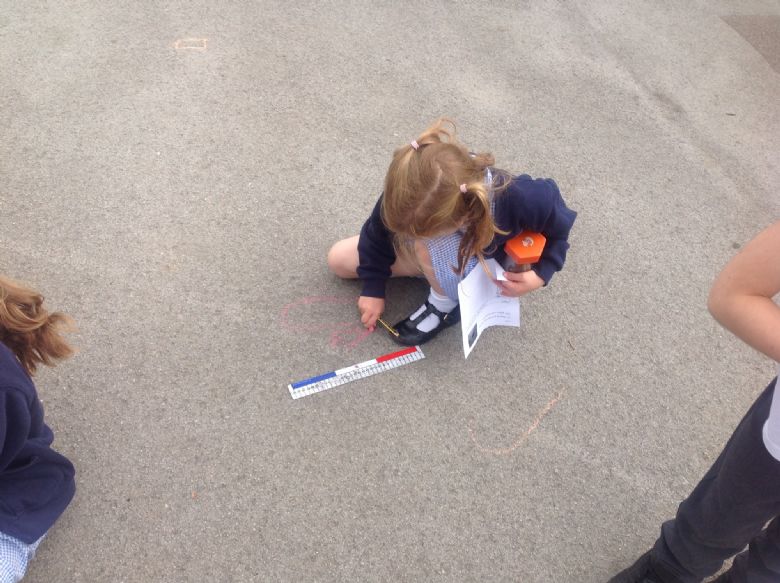
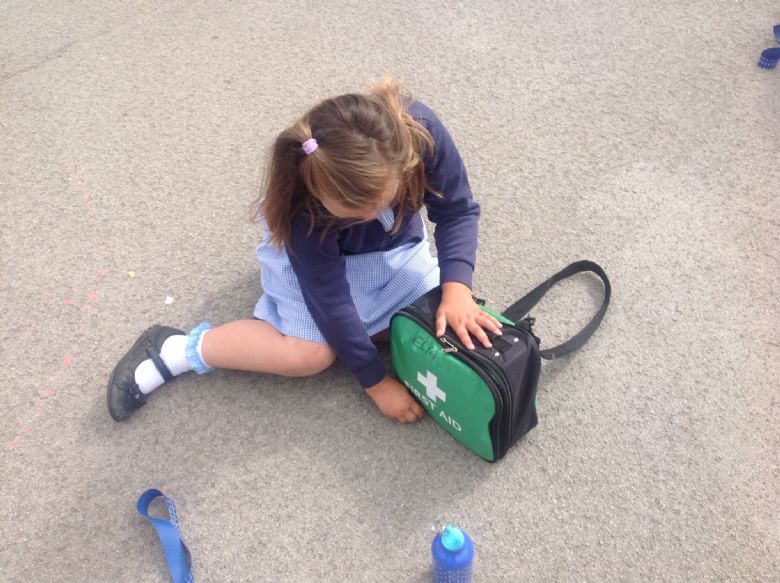
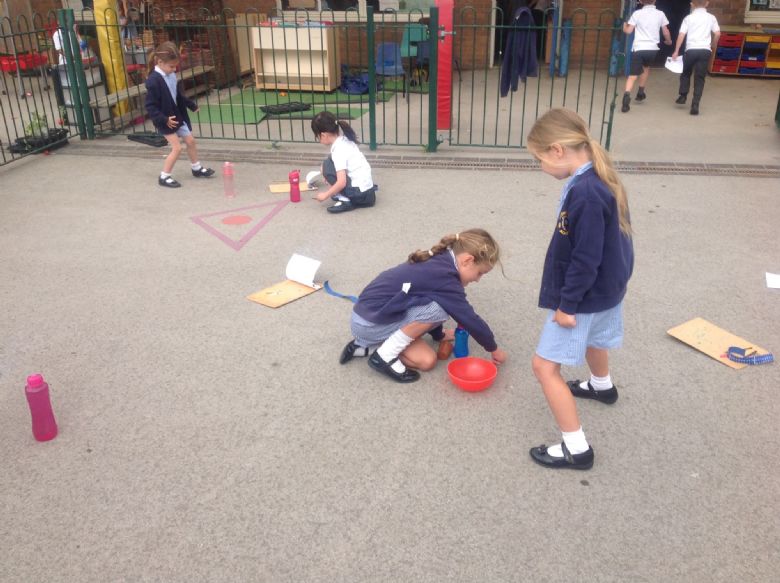
Year one (Length and height – measuring)
Linking in with our autumn term Science topic of Animals including Humans, children in year one devised investigations to measure and compare different body parts. They loved experimenting with different measuring equipment.
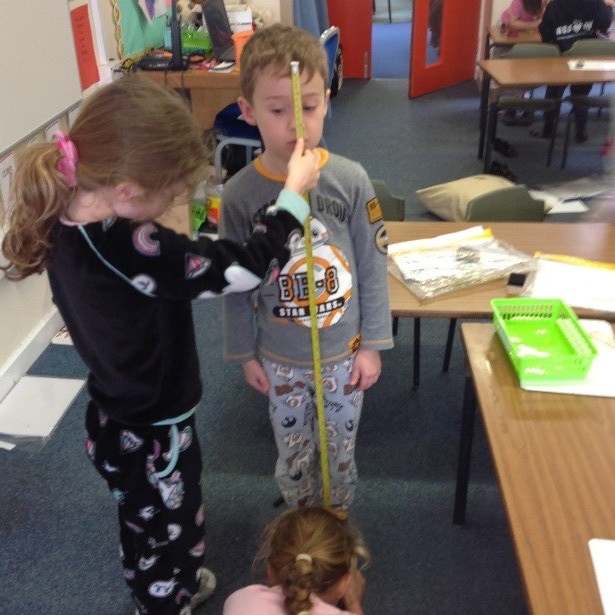
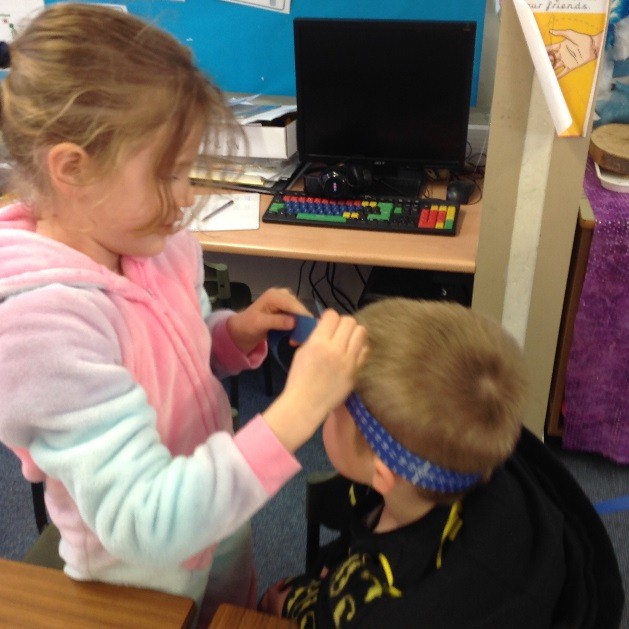
Year one – Sorting objects (statistics)
In Science, Year one have been investigating the properties of a range of objects. They were introduced to the concept of a Venn diagram and enjoyed sorting their objects and cards according to different criteria.
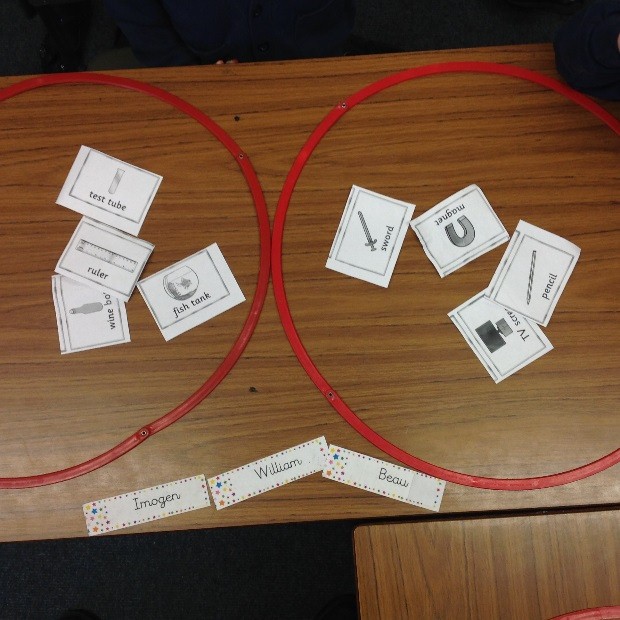
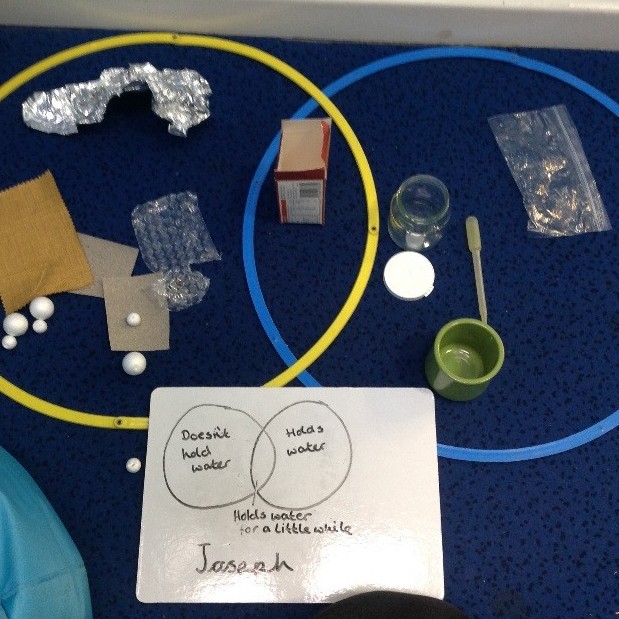
Year 2 (Statistics)
As part of our Science unit on ‘Living things and their habitats’ we went on to the field looking for micro-habitats and the minibeasts that live there. We found lots of different minibeasts including: snails, worms, millipedes, ants, spiders and woodlouse and recorded what we found in two contrasting micro-habitats, using tally charts. We then presented our data in pictograms and made comparisons, thinking about the different conditions of each habitat and why different minibeasts are suited to live in there.
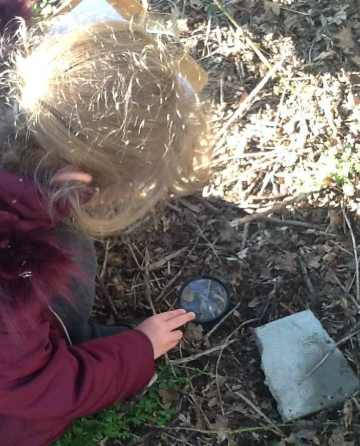
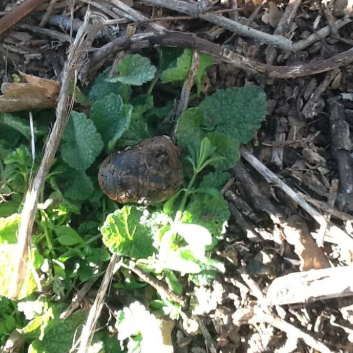
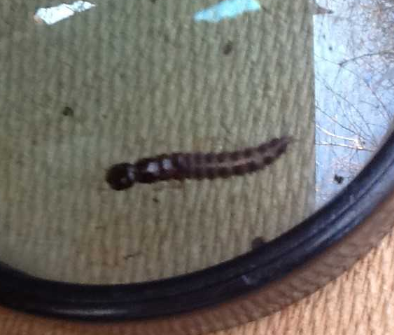
Year 2 (Measure)
In Science we have been looking at materials and their properties and in today’s lesson, we investigated the bounciness of a range of different balls. We made our predictions and then decided how to carry out our investigations. Using metre sticks, we dropped the ball from an agreed height and then recorded the height of the bounce. We then presented out data in a bar chart and used this information to interpret our data and draw conclusions.
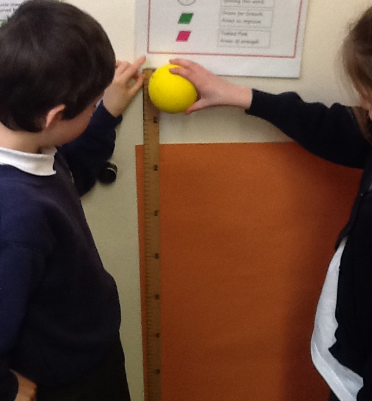
Year 2 (Measure)
In science, we were testing the absorbency of materials. To make it a fair test we had to use the same amount of water. We measured the quantity of water in millilitres by pouring the water and reading the scales.
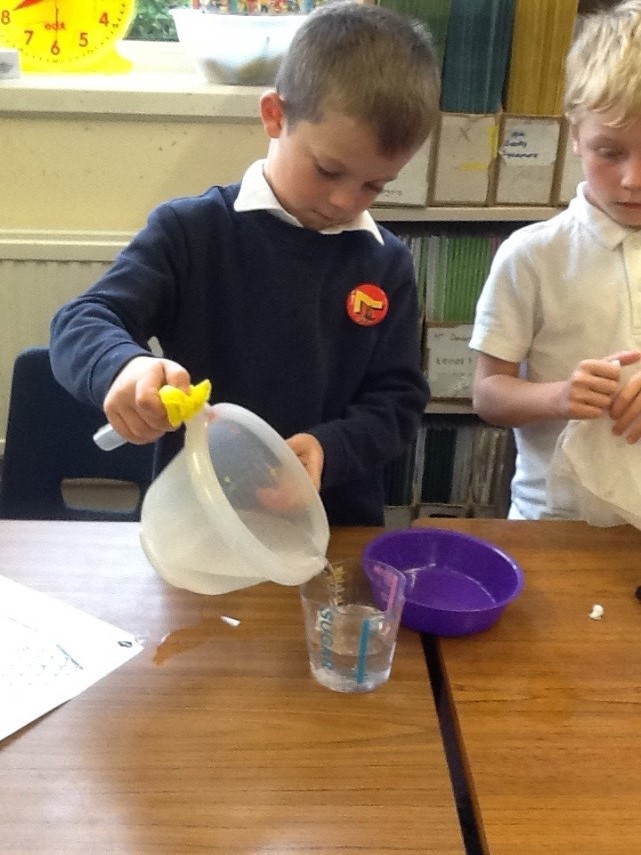
Year 3 (Times tables)
In Science we have been learning about magnets. In one Science lesson, we used what we know
about magnets and magnetic materials to design and create a magnetic Maths game that will help
us to learn our times tables in a fun and engaging way.
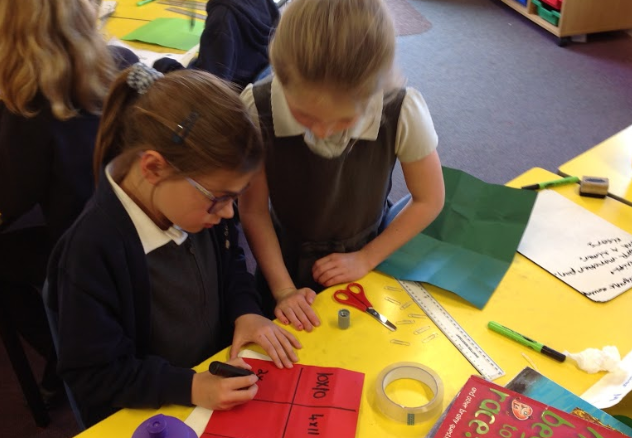
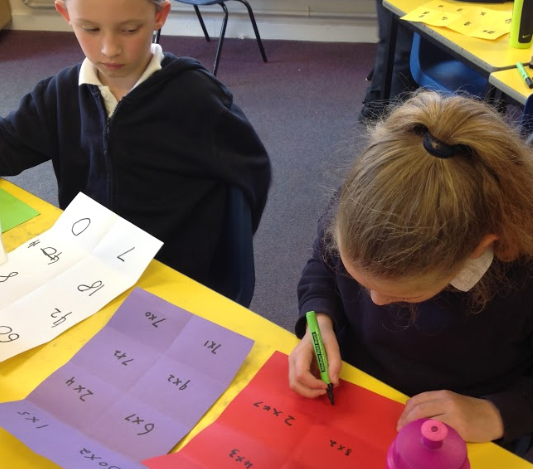
Year 4 (Time and measure)
During our States of Matter science unit, we planned and carried out our own investigations about the speed of evaporation.
In order to make this a fair test, we had to measure the amount of liquid using small measuring syringes. We then measured the amount of liquid left at different intervals over a few days and worked out the difference between the starting amount and what was left. Some of us chose to investigate how the temperature of the liquid affected the rate of evaporation so we also measured the temperature of the liquids using thermometers.

